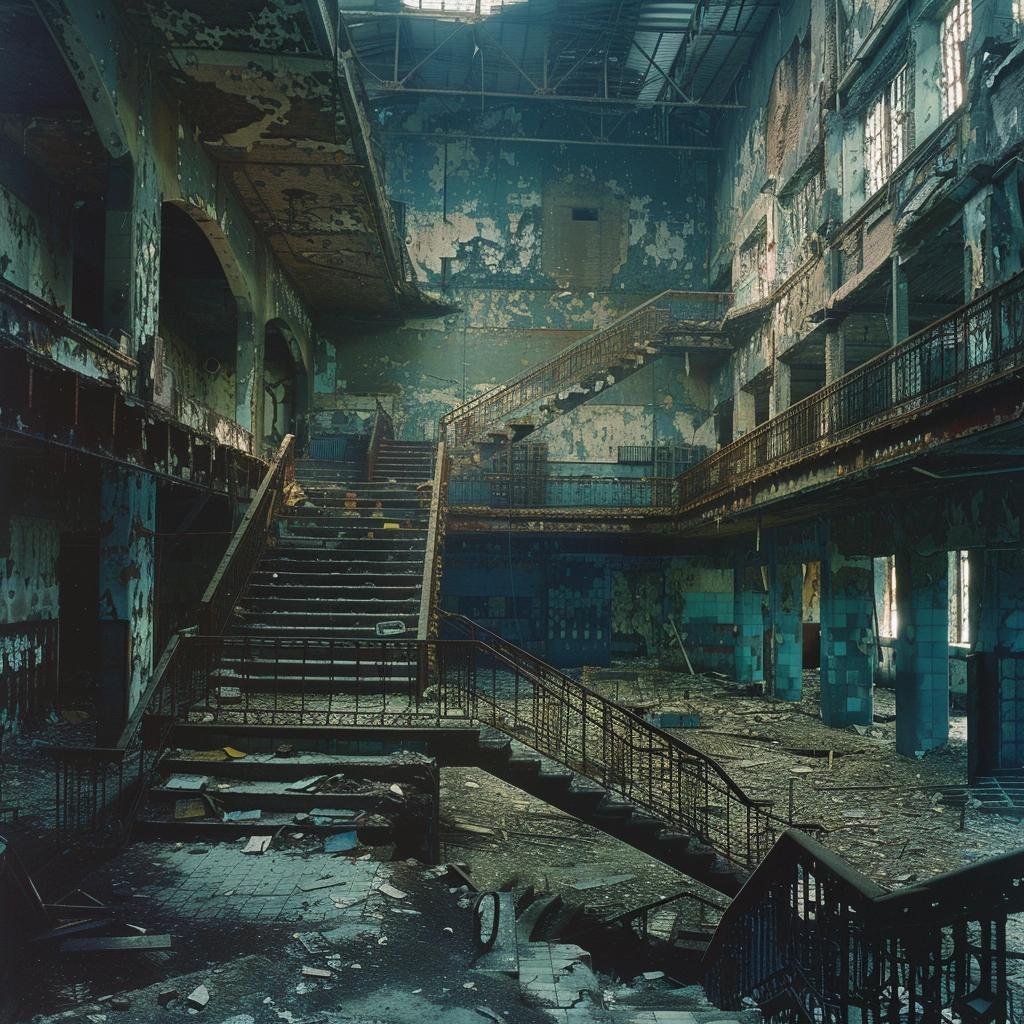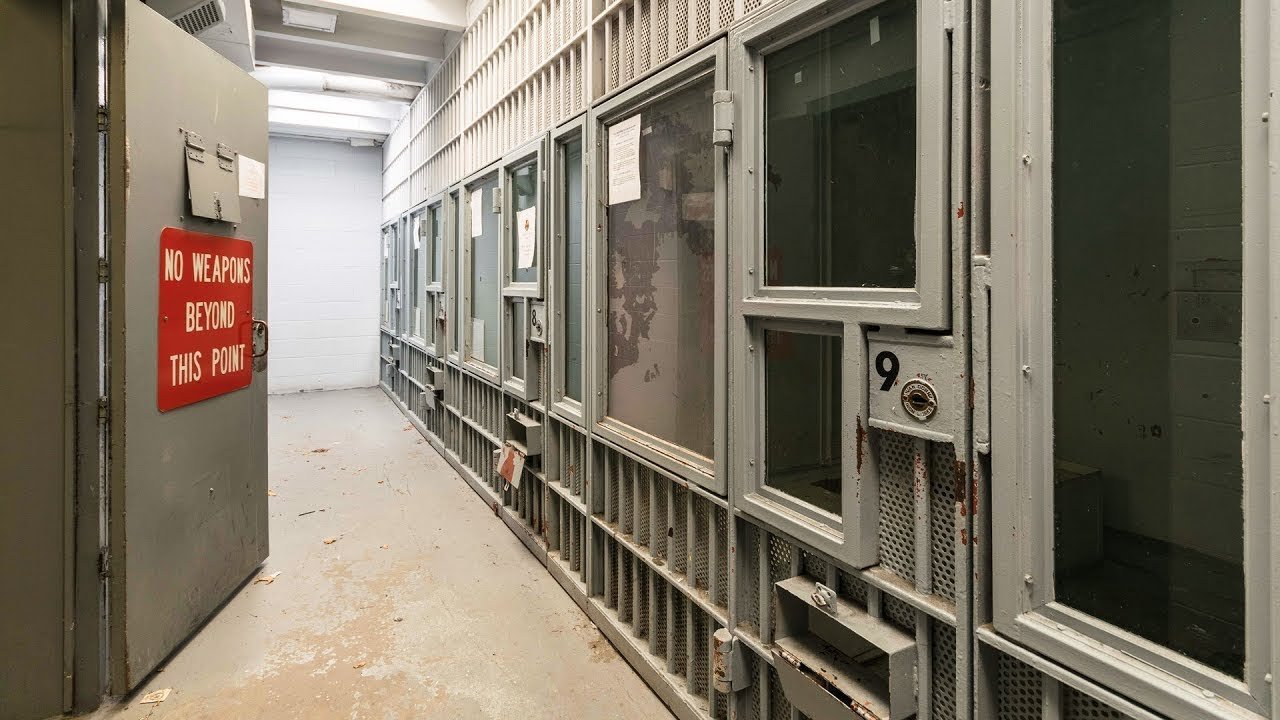You might’ve stumbled upon Error Code 526 while trying to access a website, and let me tell ya, it can throw a real wrench into your plans! This error hints at a hiccup with the SSL handshake between Cloudflare and your web server, which can be as annoying as stepping on a Lego. But don’t fret; I’m here to help you navigate these digital murky waters.

What is Error Code 526?
Error Code 526 is like a digital traffic signal turning red when you least expect it. It essentially says, “Whoa there, partner! Your server demands a secure SSL connection, but bless its heart, it’s not set up right or it’s missing a valid certificate.” This error tempts all sorts of headaches for users trying to reach your website, and trust me, it’s something you definitely want to address.

Common Causes of Error Code 526
Ah, the culprits behind this pesky error. There are a few common suspects lurking around:

- Misconfigured SSL settings: Your server’s settings might be throwing a tantrum.
- Expired SSL certificates: Think of it like a milk carton that’s past its sell-by date; it just doesn’t work anymore.
- Untrusted Certificate Authority: If your server’s certificate is like bringing a cheap knock-off to a fancy gala, folks aren’t gonna accept it.
Identifying the root cause is crucial, kinda like putting on a detective hat and searching for clues in a game of Clue.
How SSL Certificates Work
SSL certificates are the secret agents of the web! They secure your site by encrypting the data between users and your server. When everything’s working smoothly, it’s like a warm blanket wrapping everything up. A valid SSL certificate assures users, “Hey, you can trust me!” and that’s the biz we want when it comes to online interactions.

Steps to Fix Error Code 526
So how do we get this ship sailing again? Here are some steps to avoid crashing into the iceberg of Error 526:

- Double-check your SSL settings: Don’t be shy; dig deep into your server settings to ensure everything’s ship-shape.
- Renew or replace your SSL certificate: If it’s expired, give it a pep talk and get a fresh one.
- Get a certificate from a trusted authority: Ensure that your SSL certificate comes from reputable sources; guidance can go a long way!
Configuring SSL on Your Web Server
Ah, the heart of the matter. If you’re feeling a bit overwhelmed, don’t sweat it. Configuring SSL on your web server is like assembling IKEA furniture—sometimes you just need the right Allen wrench. Here, you’ll want to navigate through your server’s settings to activate SSL. Most platforms have handy guides to help you along the way, or you could even flip through online tutorials for an extra boost.
Verifying the SSL Certificate
Once you’ve got that shiny new certificate, it’s time for a little show and tell. You’ll want to verify that your SSL certificate is indeed working as intended. You can use online tools like SSL Checker to peek under the hood and check if everything’s operating smoothly. Think of it as the dress rehearsal before the big show.
Testing Your Connection with Cloudflare
Now, we’re moving into the Cloudflare territory! Testing the connection between your server and Cloudflare is like giving your computer a little high-five. Here, ensure that your server’s set up with the correct SSL settings. You may find gaps to fill, like ensuring SSL is set to “Full” or “Full (Strict)” mode in Cloudflare’s settings. It’s a bit like making sure that all your puzzle pieces fit together in the right way!
Consulting with Your Hosting Provider
If all else fails and Error 526 won’t budge, don’t be afraid to holler for help. Your hosting provider can be a treasure trove of information! They might have seen this error a thousand times before and can guide you through it. A good support team is like a trusty sidekick in a superhero movie—always ready to jump in when danger lurks!
Conclusion: Ensuring Smooth SSL Connectivity
In the end, understanding Error Code 526 is like having a map to navigate a familiar but tricky path. By keeping your SSL in check and ensuring everything is running smoothly, you help maintain a secure and seamless user experience on your website. And while it might feel like a heavy lift at times, remember that with the right steps, you can turn this frown upside down! So, put the puzzle pieces together, check your connections, and relish in that sweet, secure connection. Trust me, it’s worth it!
Key Takeaways:
- Error Code 526: It indicates issues with the SSL handshake between Cloudflare and your server, leading to a lack of connectivity.
- Common Causes: Misconfigurations, expired SSL certificates, and untrusted authorities might be at fault.
- Fixing Steps: Double-check SSL settings, renew certificates, and ensure connectivity with Cloudflare.






















